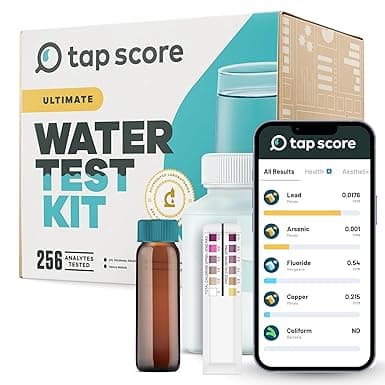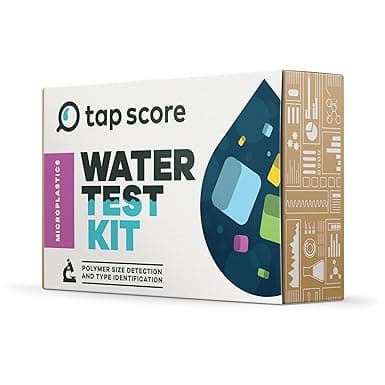Aspergillus nidulans
Aspergillus nidulans is a species of fungus that is commonly found in soil and decaying organic matter. It is a filamentous fungus that can produce a variety of secondary metabolites, some of which may have toxic properties. This organism is known for its ability to thrive in various environmental conditions and can be a contaminant in food and water supplies.
EPA MCLG Level
0 ppb
Maximum level that poses minimal health risk based on the latest science
Health Effects
Exposure to Aspergillus nidulans can lead to allergic reactions, respiratory issues, and in some cases, infections in immunocompromised individuals. The spores of this fungus can trigger asthma and other allergic responses. In rare cases, it may produce mycotoxins that can be harmful if ingested or inhaled.
Affected Organs & Systems:
Common Sources
- natural deposits
How to Remove It
Water filters certified under the following NSF standards are effective at removing Aspergillus nidulans:
Filter recommendations for this contaminant are being updated.
EPA MCLG Level
The EPA MCLG represents the maximum level that poses minimal health risk based on the latest scientific research. It's often more protective than federal legal limits.
Contaminant Type
Aspergillus nidulans is classified as a Fungi contaminant.
This contaminant primarily affects the respiratory system, immune system.
Check Your Water
Find out if Aspergillus nidulans is in your tap water.
Search Your CityTest Your Water for This Contaminant
Public water reports may not test frequently enough or at your specific tap. Professional home testing provides current, location-specific results.

SimpleLab
Standard Home Water Test
$232
Comprehensive water analysis testing over 200 contaminants including bacteria, heavy metals, and chemical compounds.

SimpleLab
Advanced Home Water Test
$369
Most comprehensive home water test including all standard tests plus additional parameters for ultimate peace of mind.

Tap Score
Advanced Microplastics Test
$636
Cutting-edge testing for microplastics particles in drinking water using advanced laboratory techniques.